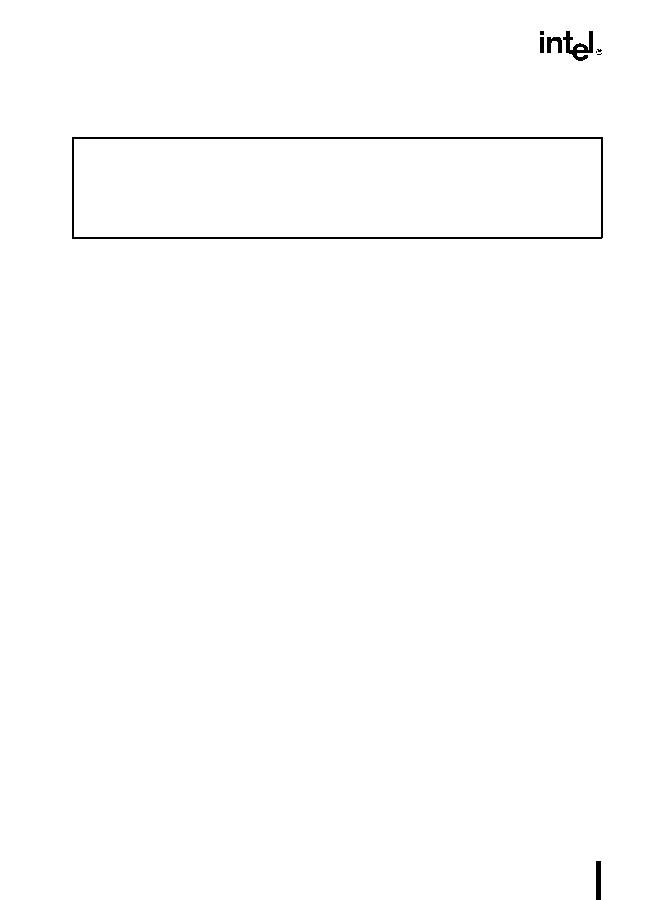3-372
INSTRUCTION SET REFERENCE
LOOP/LOOPccLoop According to ECX Counter
Description
These instructions perform a loop operation using the ECX or CX register as a counter. Each
time the LOOP instruction is executed, the count register is decremented, then checked for 0. If
the count is 0, the loop is terminated and program execution continues with the instruction
following the LOOP instruction. If the count is not zero, a near jump is performed to the desti-
nation (target) operand, which is presumably the instruction at the beginning of the loop. If the
address-size attribute is 32 bits, the ECX register is used as the count register; otherwise the CX
register is used.
The target instruction is specified with a relative offset (a signed offset relative to the current
value of the instruction pointer in the EIP register). This offset is generally specified as a label
in assembly code, but at the machine code level, it is encoded as a signed, 8-bit immediate value,
which is added to the instruction pointer. Offsets of 128 to +127 are allowed with this
instruction.
Some forms of the loop instruction (LOOPcc) also accept the ZF flag as a condition for termi-
nating the loop before the count reaches zero. With these forms of the instruction, a condition
code (cc) is associated with each instruction to indicate the condition being tested for. Here, the
LOOPcc instruction itself does not affect the state of the ZF flag; the ZF flag is changed by other
instructions in the loop.
Opcode
Instruction
Description
E2 cb
LOOP rel8
Decrement count; jump short if count
?
0
E1 cb
LOOPE rel8
Decrement count; jump short if count
?
0 and ZF=1
E1 cb
LOOPZ rel8
Decrement count; jump short if count
?
0 and ZF=1
E0 cb
LOOPNE rel8
Decrement count; jump short if count
?
0 and ZF=0
E0 cb
LOOPNZ rel8
Decrement count; jump short if count
?
0 and ZF=0

